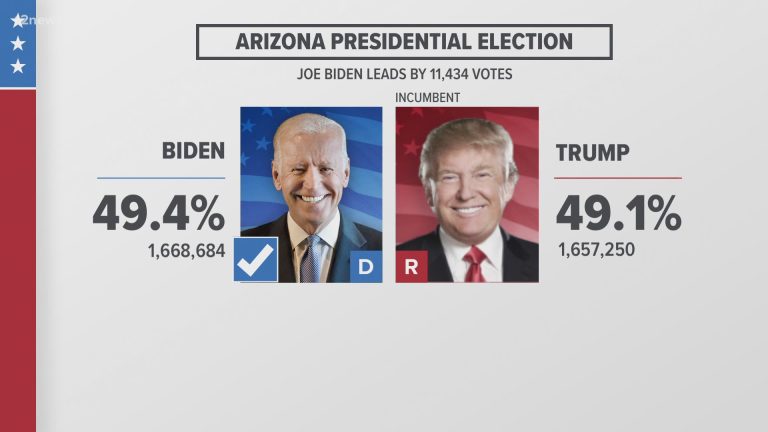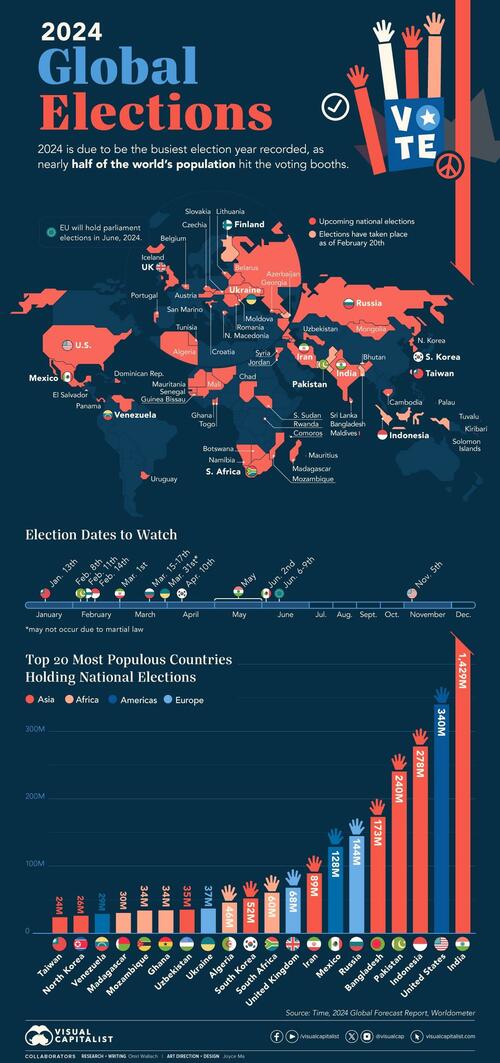

They’re Coming for Your Vote: The Left’s Plan to Rig 2024? Unpacking the Claims
The 2024 election cycle is already generating significant heat, with accusations of voter suppression and election manipulation swirling around both the left and the right. One particularly potent claim circulating within conservative circles is that the left is orchestrating a systematic plan to rig the 2024 election. This article delves into these allegations, examining the evidence presented and offering a balanced perspective on the complex issues at play.
The Core Allegations:
The claims of a left-wing plot to rig the election often center on several key areas:
-
Mail-in Voting Expansion: Critics argue that expanded mail-in voting, often championed by Democrats, opens the door to widespread fraud, including ballot harvesting and duplicate voting. The narrative paints a picture of strategically placed drop boxes and lax verification processes, allowing for mass manipulation of ballot counts.
-
Voter Registration Drives: Targeted voter registration drives, particularly in minority communities, are viewed with suspicion. The concern isn’t necessarily about the act of registration itself, but rather the potential for manipulation – registering ineligible voters or improperly registering voters to benefit a particular party.
-
Changes to Election Laws: Amendments to election laws, such as those concerning early voting periods or the types of identification required at polling places, are frequently cited as evidence of intentional manipulation designed to disenfranchise specific demographics or favor certain candidates.
-
Dominion Voting Systems Allegations: The lingering controversy surrounding Dominion Voting Systems continues to fuel suspicions about election integrity. Although numerous investigations have debunked claims of widespread fraud involving the company’s machines, the narrative persists.
Examining the Evidence:
While the allegations are widespread, concrete evidence supporting a coordinated, nationwide effort by the left to rig the election remains elusive. Many of the claims rely on anecdotal evidence, isolated incidents, and conspiracy theories that lack rigorous substantiation. Conversely, proponents of expanded mail-in voting and other election reforms cite logistical benefits and increased accessibility for voters.
The Counter-Narrative:
It’s crucial to acknowledge the counter-narrative. Many argue that the focus on alleged left-wing manipulation serves to distract from legitimate concerns about voter suppression tactics employed by the right. These include restrictive voter ID laws, gerrymandering, and the purging of voter rolls, which disproportionately affect minority communities and low-income individuals. This creates a two-sided coin where accusations of manipulation come from both sides of the political spectrum, clouding the objective reality of election integrity.
A Table Summarizing Key Allegations & Counterarguments:
| Allegation | Counterargument | Evidence Level |
|---|---|---|
| Widespread mail-in ballot fraud | Increased accessibility, logistical benefits | Low |
| Manipulated voter registration drives | Increased voter turnout, enfranchisement of minorities | Low |
| Biased changes to election laws | Improvements to election efficiency and accessibility | Moderate |
| Dominion Voting Systems manipulation | Numerous investigations debunked widespread fraud | Low |
Conclusion:
The accusations of a left-wing plan to rig the 2024 election are serious and deserve careful scrutiny. However, the current evidence base doesn’t support the claim of a coordinated, nationwide conspiracy. The debate highlights the critical need for transparency, robust election security measures, and a commitment from all sides to ensuring free, fair, and accessible elections. Focusing solely on one side’s alleged intentions risks ignoring systemic issues that impact all voters and undermine public trust in the democratic process. Further investigation and rigorous fact-checking are essential to understanding the complex realities of election integrity in the 2024 election cycle.

Additional Information
They’re Coming for Your Vote: The Left’s Plan to Rig 2024 – An Analytical Deep Dive
The claim that the left is orchestrating a plan to rig the 2024 election is a serious allegation requiring rigorous analysis. While unsubstantiated claims of widespread, coordinated fraud should be treated with skepticism, a nuanced examination necessitates exploring several areas where legitimate concerns about election integrity intersect with partisan narratives. It’s crucial to differentiate between genuine vulnerabilities and unsubstantiated conspiracy theories.
1. Voter Access and the Fight for Suffrage:
The narrative often frames increased voter access initiatives (e.g., automatic voter registration, same-day registration, mail-in voting expansion) as evidence of a plan to manipulate the election. While these measures aim to increase participation, critics argue they increase the potential for fraud. However, a critical analysis requires examining the evidence. Studies on the impact of mail-in voting, for instance, have yielded mixed results. Some demonstrate a slight increase in potential irregularities, but often proportionally smaller than the increase in voter turnout. The crucial point is that the existence of potential vulnerabilities does not equate to intentional rigging. A thorough analysis needs to quantify the scale of irregularities relative to the total number of votes cast and compare them to irregularities in systems with less expansive access. Furthermore, claims of fraud must be supported by concrete evidence, not just anecdotal accounts or statistical anomalies that can be explained by other factors.
2. Election Administration and Funding:
Concerns about election administration often focus on funding and resources. Claims of biased funding towards certain organizations or initiatives supporting specific voter access strategies could be examined. However, simply demonstrating funding discrepancies doesn’t prove intentional rigging. The analysis should examine the funding sources, their motivations, and the allocation of funds relative to overall election spending. Transparency in election funding is paramount; lack of transparency should be addressed through legislative reforms, not conflated with accusations of intentional rigging.
3. Data Security and Cybersecurity:
The vulnerability of voting systems to cyberattacks is a real and significant concern. While not inherently partisan, the potential for foreign interference or domestic actors to manipulate vote tallies is a serious threat. A proper analysis requires evaluating the security protocols in place at the state and local levels, identifying vulnerabilities, and examining the history of attempted or successful cyberattacks on election systems. This analysis should avoid partisan framing and instead focus on the need for non-partisan improvements in cybersecurity infrastructure and election security standards.
4. The Role of Partisan Gerrymandering:
While not directly related to vote rigging on election day, gerrymandering significantly impacts the composition of legislative bodies and can effectively disenfranchise voters. Analyzing the impact of gerrymandering on electoral outcomes requires examining the specific district maps, the demographics of those districts, and the resulting partisan imbalances in representation. While this may not constitute “rigging” the election itself, it certainly affects the fairness and competitiveness of the electoral process, potentially discouraging participation.
5. Misinformation and Disinformation:
The spread of misinformation and disinformation significantly erodes public trust in the electoral process. Examining the sources, methods, and reach of disinformation campaigns related to election integrity is crucial. This requires analyzing the narratives used, identifying the actors spreading them (both foreign and domestic), and evaluating their impact on voter behavior and attitudes towards the election. This is a complex area requiring collaboration between researchers, social media platforms, and government agencies.
Conclusion:
Analyzing the claim “They’re Coming for Your Vote” necessitates a balanced and nuanced approach. While legitimate concerns regarding election integrity exist, it’s crucial to avoid conflating genuine vulnerabilities with unsubstantiated claims of coordinated, large-scale fraud. A comprehensive analysis requires data-driven investigation, avoiding partisan biases, and focusing on concrete evidence rather than anecdotal claims or conspiracy theories. Addressing these concerns requires a multi-faceted approach encompassing improved election security, increased transparency, and combating the spread of misinformation. The focus should be on strengthening the integrity of the democratic process, not fueling partisan narratives that undermine trust in the system.




